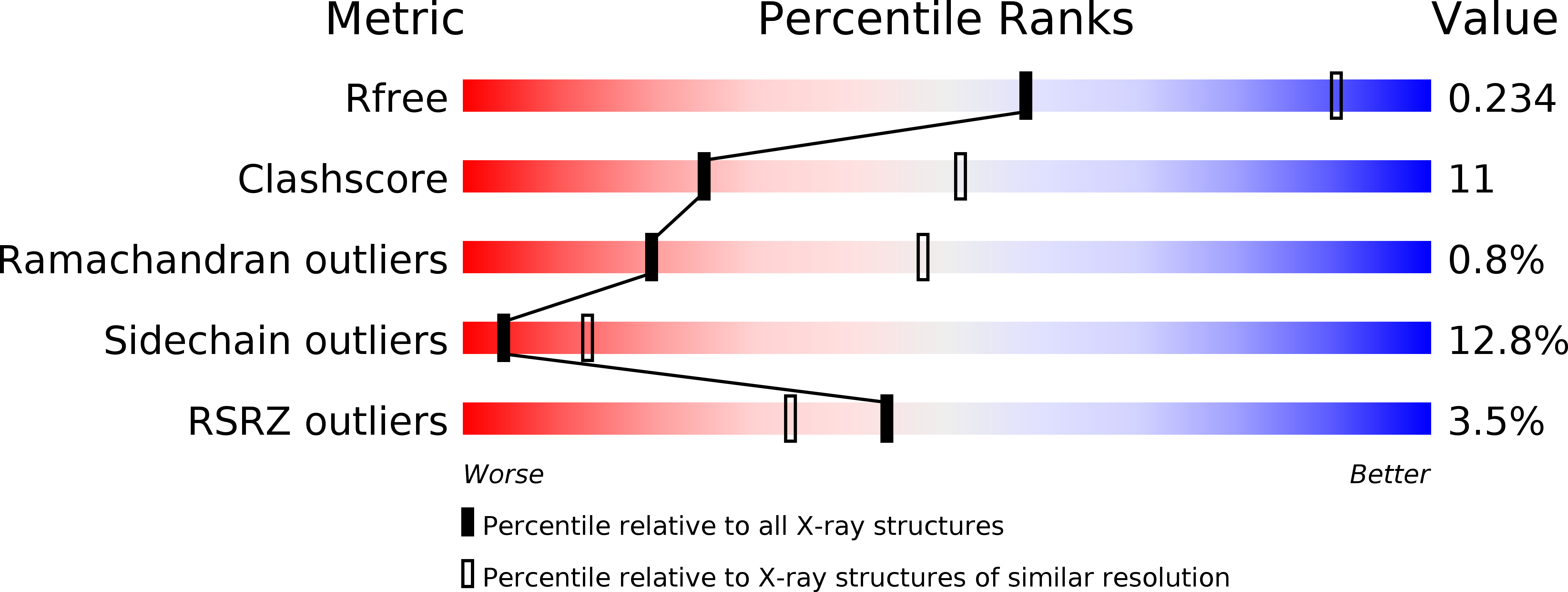
Deposition Date
2012-02-01
Release Date
2012-06-20
Last Version Date
2024-11-20
Entry Detail
PDB ID:
4DJ7
Keywords:
Title:
Structure of the hemagglutinin complexed with 3SLN from a highly pathogenic H7N7 influenza virus
Biological Source:
Source Organism:
Host Organism:
Method Details:
Experimental Method:
Resolution:
2.81 Å
R-Value Free:
0.24
R-Value Work:
0.20
R-Value Observed:
0.20
Space Group:
C 1 2 1


